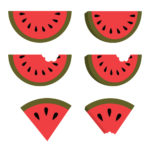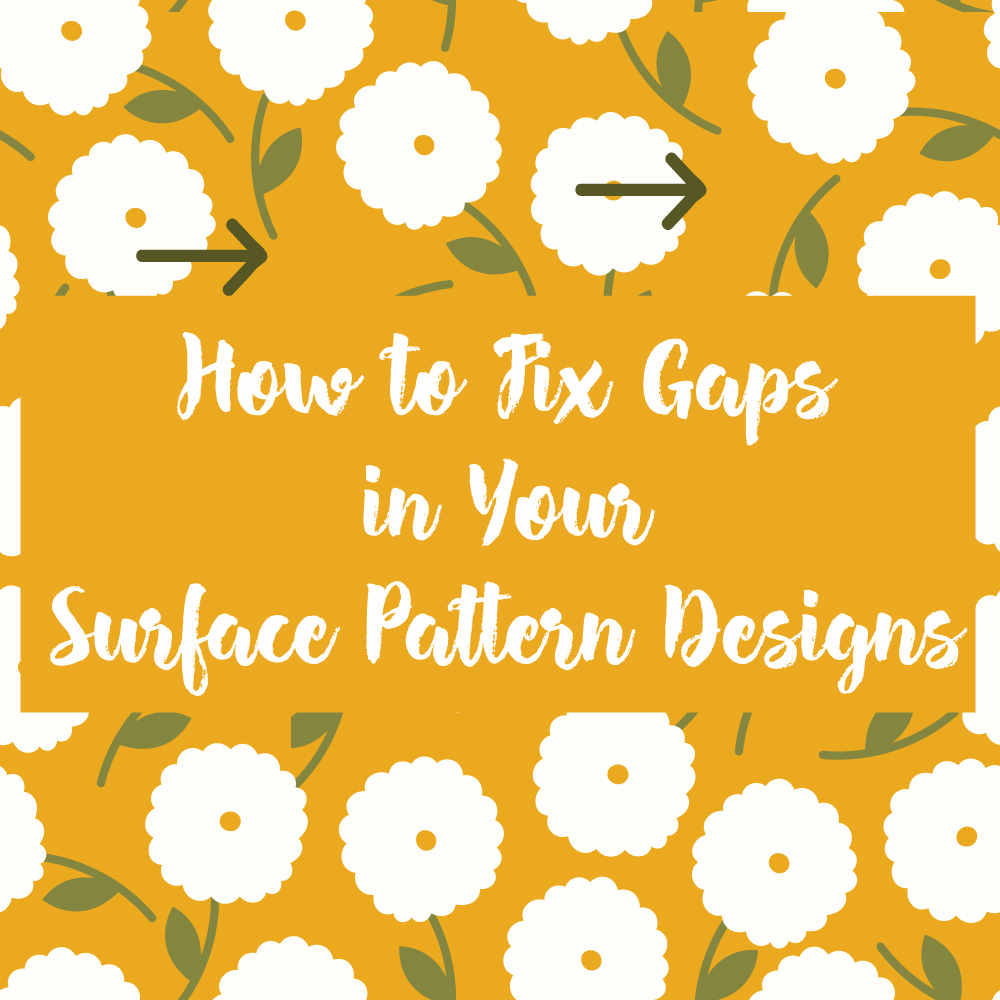

Whenever you are creating patterns, specifically tossed patterns, you would have probably run into the awkward gap problem where you can’t quite place the elements in your pattern right. One side of your pattern block looks great, but there are a few holes that are too small to fill in so you are stuck aimlessly rearranging the pattern until the gaps are slightly less noticeable. In this post, I will teach you a few tips so the next time you are stuck in this situation you will know what to do.
Let’s Get Started!
1. Create a filler object
The easiest way to fill in gaps is to create a small filler object that can fit in those tight spaces that your main elements cannot fit in.

For instance, if you follow my Instagram you might have seen this breakfast food/drink pattern. Originally, it was going to be a coffee and doughnuts pattern and I needed a small object to act as the filler so I created a coffee bean that I duplicated throughout the pattern. This filler object can be as simple as dots like in this flower pattern,

or a simple star like in this baby pattern.
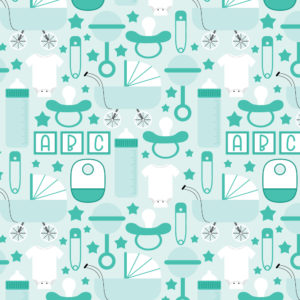
Whatever the filler is, having a filler element is one of the easiest ways to fill in your pattern gaps.
2. Delete Elements and Respace
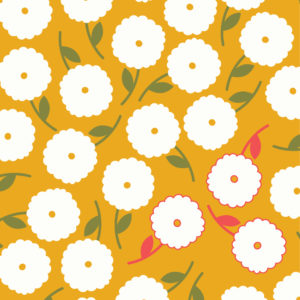
If you get to the end of placing the elements in your pattern and you have a gap in your pattern that isn’t big enough for another element, it is likely that you have too many elements in your pattern. Delete a few elements and make your existing elements farther apart.
3. Separate Your Elements into Parts
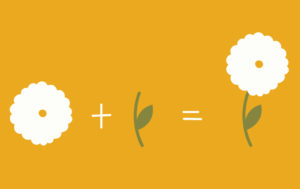
I made a pattern with these flowers a while back which turned out to be really hard to toss. As you can see with the picture, there are two parts of the flower: the petals and the stem.

Placing the petals first and then adding the stems will make it easier for you to get a feel of where each stem should be going.
4. Objectively Examine Your Elements
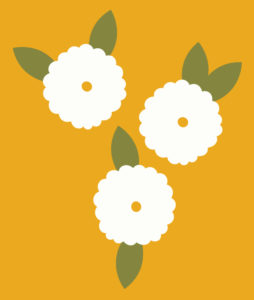
Using the same flower from the last example, I want to illustrate this next concept. For that pattern, I had made a flower with a stem and since flowers can only have one stem, I wasn’t able to duplicate the stem twice on the same flower. I ran into the problem where two flowers next to each other already had stems but there was a gap between them so I couldn’t add another stem in that gap. If I had changed out the stems for leaves I would have been able to add additional leaves to the flowers and fill in the gaps that I could not fill in with additional stems.
Sometimes being a good pattern designer means you are constantly in the edit phase rearranging, deleting, and adding things to your pattern. Being able to step back and analyze your patterns for ways to improve them is just part of the process.
5. Consider the Layout of Your Pattern
Does it need to be tossed?
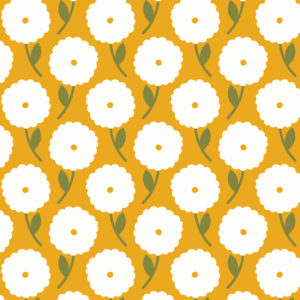
This is the thing you do when all of the other options don’t work. Sometimes your patterns aren’t meant to be tossed and you can usually figure that out after a few hours of trying to toss them with no luck. Instead, consider making your pattern one or two directional.
These are just a few of the techniques that I like to use to fill in gaps in my patterns. Do you have any more suggestions you can add to the list?
If you liked this post, why not share it! It lets me know what posts you like so I can make more posts like this.




